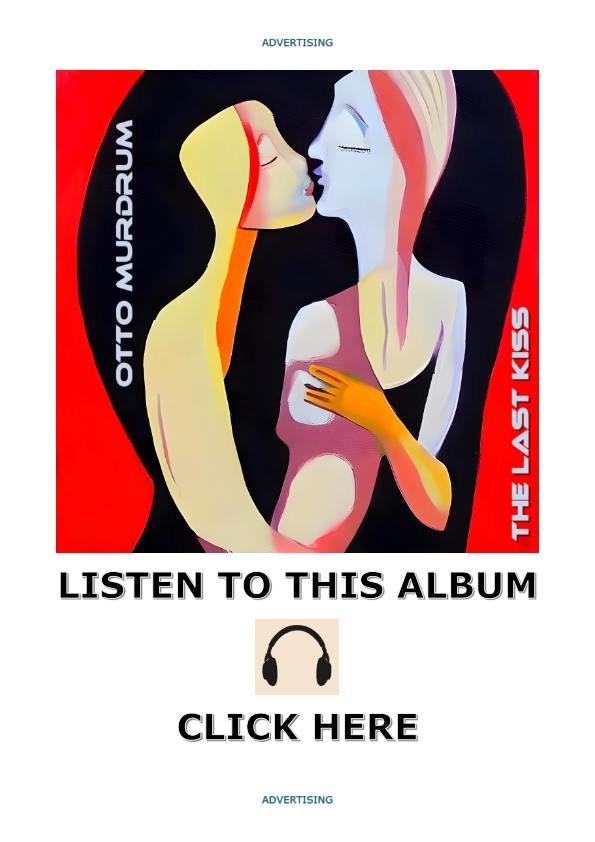
4 minute read
How To Reduce The Risk Of Poisoning In Your House Hold!
from Baby Safety Tips

YOUNG CHILDREN WILL EAT AND DRINK ALMOST ANYTHING!
Keep all liquids and solids that may be poisonous out of their reach. Use child−resistant packaging to help prevent poisonings with medicines and household chemicals. Each year poison control centers report nearly one million children under the age of five are exposed to potentially poisonous medicines and household chemicals.
Medicines (especially iron pills and food supplements containing iron), household substances, insect sprays, kerosene, lighter fluid, some furniture polishes, turpentine, points, solvents, and products containing lye and acids are most frequently the cause of accidental poisoning among children.
ALWAYS RETURN TO SAFE STORAGE
IMMEDIATELY (locked up − away from children)
Never leave a bottle of aspirin or other pills where children can reach it Return it to a safe place immediately after using.
MEDICINES ...
are often swallowed by young children who find medicines where their grandparents have left them. Grandparents − and all adults − should use child−resistant closures whenever young children are around. Keep medicines out of reach − and out of sight − of all children.
Household Products
Read labels before using any household product and follow the directions carefully. Store these products so that children cannot reach them.
Always resecure child−resistant packaging.
Keep All Products In Original Containers
Never place kerosene, anti−freeze, paints, or solvents in cups, glasses, milk or soft−drink bottles, or other utensils customarily used for food or drinks.
Never transfer products to a bottle without a child−resistant closure.
Destroy Old Medications
Pour contents down drain or toilet, and rinse container before discarding. Do not put container with its contents into trash.
Keep Foods And Household Products Separated
Cleaning fluids, detergents, lye, soap powders, insecticides, and other everyday household products should be stored away from food and medications. Death could be the result of a mistaken identity.
NEVER CALL MEDICINE "CANDY"
Children should not be deceived by having flavored medicines called "candy." When left alone, they may locate the bottle and eat or drink its contents.
GROWING CHILDREN ARE CURIOUS ABOUT...
things that glitter pretty colored pills bottles and containers of all kinds. These arouse their natural curiosity. If a child is in the crawling stage, arrange to keep household products in places other than below the kitchen sink unless the cabinet is locked or secured with child safety latches.
If the child is walking, be certain that bottles and boxes containing medicines or household products are put away before answering the telephone or doorbell.
If he is able to climb, find a shelf that is completely beyond his ability to reach, or, better yet, lock these products in a cabinet or closet.
After using a product, always re−secure the child−resistant closure.
To reduce the risk of poisoning:
1. Keep household products and medicines out of reach and out of sight of children, preferably in a locked cabinet or closet. Even if you must leave the room for only an instant, put the container in a safe spot.
2. Store medicines and dietary supplements (especially iron pills) separately from other household products and keep these items in their original containers − never in cups or soft−drink bottles.
3. Be sure that all products are properly labelled, and read the label before using.
4. Always turn the light on when giving or taking medicine to be sure you have the right medicine and the correct measure or count of the dosage.
5. Since children tend to imitate adults − avoid taking medications in their presence. Avoid drinking medicine from the bottle.
6. Refer to medicines by their proper names. They are not candies.
7. Clean out your medicine cabinet periodically. Get rid of old medicines by flushing them down the drain or toilet, rinsing the container in wafer, and then discarding it.
8. Ask for and use household products which are available in child resistant packaging. Insist on safety packaging for prescription medicines. Resecure safety feature carefully after using Safety packaging gives extra protection to your children.
SEE OUR EBOOK TO READ THE ENTIRE CHAPTER



